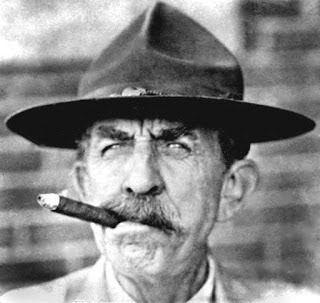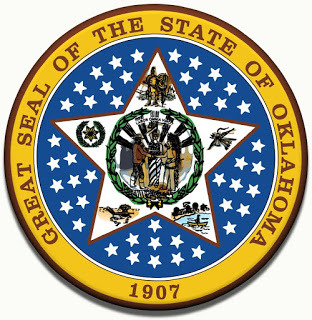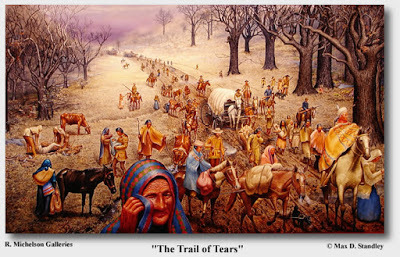
Books can be written about Alfalfa Bill Murray. But with his populism there was also a bravado which got him into trouble.
Harry Holloway, of the Oklahoma Historical Society said;
After the two failed governorships of Walton & Johnson, the next governor, elected in 1930 at the onset of the Great Depression, was William H. Murray, better known as “Alfalfa Bill.” A couple decades earlier, Murray had chaired Oklahoma’s constitutional convention, leading to statehood. He acquired a national reputation of sorts partly because of his oddball behavior. Like Jack Walton he was a great showman. He presented himself as one with the common farmers in language and in dress. He dressed in rumpled clothing, including the trademark long johns that extended conspicuously below his pant legs. His language could be crude, even obscene. That he was mostly an opportunist interested in electoral gain is suggested by his background. He had worked as a teacher and reporter, had read law, and had gained recognition as expert in tribal land claims. The woman he married was related to a tribal chief. These are high-status traits, not those of an unlettered, rumpled farmer.
In office he did champion ordinary farmers and others in distress. Nevertheless, his own state programs did not get far, partly because of the Great Depression and partly because of his irascible personality. He clashed with Pres. Franklin D. Roosevelt, feeling that FDR had ridiculed him. Federal officials bypassed Murray and thus cut him out of much patronage. Murray became enraged and consumed by vindictiveness in his opposition to FDR and the New Deal, an attitude that stayed with him after he left office. To the end of his days he railed against the New Deal, communists, and “International Jewry.” Worst of all was his willingness to invoke martial law, which he did a total of thirty-four times.















 RSS Feed
RSS Feed
